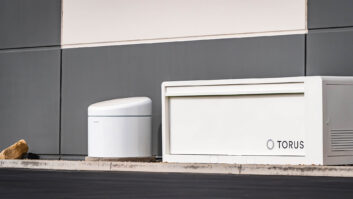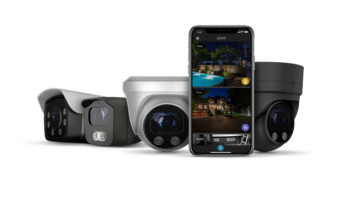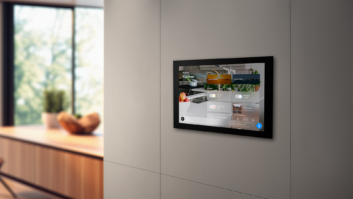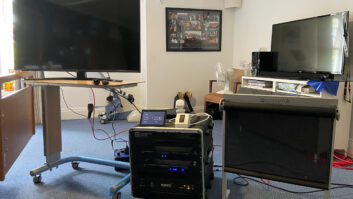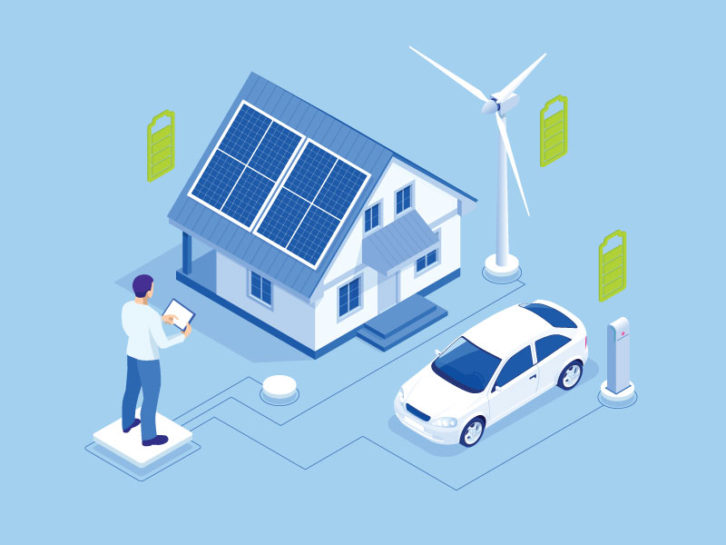
As we’ve often mentioned, the pandemic sped up some trends the custom integration industry had already identified — notably, the home as a hub of more than entertainment and comfort technology, but also a remote office and classroom.
The winter of 2021 is accelerating awareness of another aspect of residential tech: energy management.
A brutal cold snap in Texas — for a variety of reasons — crushed the state’s independent energy grid, leaving more than 4 million in the cold and dark, and eventually having the downstream effect of water disruptions for no less than 14 million Lone Star Staters.
This topic was top-of-mind for the first two days of the Dallas-based Parks Associates’ “Smart Energy Summit: Engaging the Consumer” meetup (virtual this year, of course), which had already booked sessions on “The Impact of Covid-19: Consumer Behavior and Energy Management” and “DERMS: Solar, Storage, and Microgrids” (DERMS is an acronym for Distributed Energy Resources Management Systems), among others. The topline takeaways from these sessions: Energy management is definitely a two-way street between customer and utility, and the continued adoption of “smart” devices is creating terrific opportunities for integrators.
Demand Response and Smart Thermostats
Demand response programs have yielded some pretty interesting pitches to consumers. Summit guest Emilie Tullis, VP of product and GM of demand management solutions of the firm Uplight (which is in the business of introducing solutions to customers for the energy companies they represent), gave away 100,000 smart thermostats to help end-users control the HVAC power usage in their home (the biggest draw). That’s fantastic news for integrators, because — as several speakers noted — the successful adoption of a single connected device most often leads to the demand for more.
As panelist Paul Williams, GM of product management and growth of GE Lighting (Savant), observed, “We’ve been in the chasm between early adoption and mass adoption of a lot of these technologies.” Because he’s in the lighting space, that’s the example he leaned on: “When people were stuck at home, that’s when they discovered circadian lighting in droves. That was the precursor to broader adoption of smart home technology, and naturally energy management came next.” And, as the utility Austin Energy’s VP of customer energy solutions and corporate communications Debbie Kimberly pointed out, “Smart thermostats are the granite countertops of energy efficiency,” something both buyers and renters love to see.
Energy management is key in a society that’s never needed “set-it-and-forget-it” solutions more than now. Tullis said, according to her firm’s research, as the work-from-home army hit 36 percent of the population, a full 50 percent of households saw their energy bills increase. And as the pandemic raged, 48 percent of those surveyed were “distracted from energy monitoring.” Smart devices can clearly fix that problem.
The Fragile Grid
Kimberly said that the Texas crisis drove demand for energy storage: “There’s a huge interest in battery technology right now.” That dovetails with trends noted by Schneider Electric’s senior manager for utility residential solutions Jenny Roehm: “The pandemic coupled with weather events makes us realize how vulnerable we are.” Roehm broke down what she’s observed into three buckets when it comes to energy: Digitization (the growth of IoT and the data that can be collected), Decarbonization (the demand for renewable, sustainable, “green” energy), and Decentralization (micro- and even nanogrids).
So what’s a microgrid, anyway? Amit Narayan, CEO of AutoGrid, has a pretty elegant illustration: “Think about the old utility company as a mainframe computer from the past — then we moved to PCs and now smartphones.” The microgrid can be connected to the larger grid, or it can be “islanded” — operating by itself. As homeowners invest in solar-and-battery setups that can either feed the larger grid or operate independently, the opportunities for integrators become obvious. And while costs are coming down when it comes to adopting this technology, there’s another trend that’s appeared: community solar. That solution allows multiple buildings or apartments or what have you to create their own, localized power generation and storage solution.
It’s a technology that really excites Suleman Kahn, CEO of Swell Energy: “Simply put, community solar is one of the most important advancements ever.” In short: local energy supplies are naturally best matched with their local energy demands.
Parks Associates’ “Smart Energy Summit: Engaging the Consumer” continues on Wednesday, April 28, 2021 with “MDUs: Leveraging Proptech for Smart Energy Management.”


